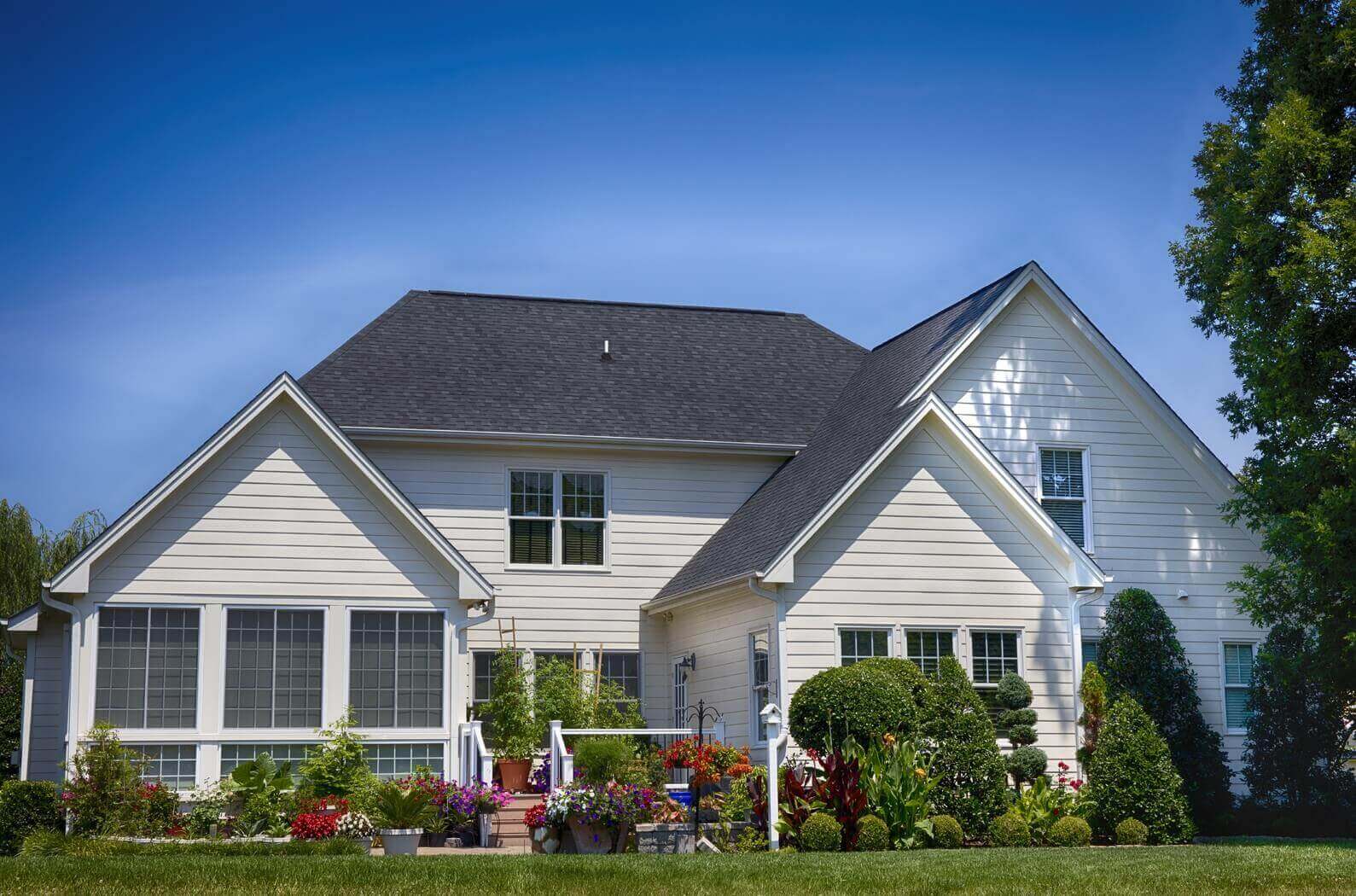 Uncategorized
Uncategorized
Jaipur, the capital of Rajasthan and a prominent Tier-2 city in northern India, has emerged as a key residential hub. Known for its rich cultural heritage and global tourist appeal, Jaipur’s real estate market has flourished due to its status as a regional economic center and excellent connectivity via its international airport. Changing economic conditions have shifted buyer preferences, with multi-story flats now favored over traditional low-rise designs. Modern amenities like clubhouses and swimming pools have also become essential features for homebuyers in Jaipur’s evolving residential market.
Essential Growth Factors
The city’s economy, which was formerly centered on manufacturing and tourism, has changed dramatically to include a flourishing services sector. The 3,000-acre Mahindra Special Economic Zone (SEZ) is a notable example of Jaipur’s diverse industrial and service sector ecology, drawing in international corporations. Overtaking other Tier-2 cities like Chandigarh Tri-City and Lucknow, Jaipur secures its position as a developing economic hub with almost 2,000 registered startups.
In recent years, Jaipur’s demographic profile has been boosted by reverse migration due to the pandemic and an influx of service sector professionals, with 70% of the population in the working age group. This population surge has driven significant growth in the city’s residential market, particularly in the western region along NH 48, favored for its robust infrastructure and proximity to the international airport, making it a preferred location for homebuyers.
Well-liked Residential Communities
While newer neighborhoods like Jagatpura near the airport and extensions of Mansarovar and Vaishali Nagar near NH 48 offer comparable accessibility at more reasonable prices, Jaipur’s upscale neighborhoods like Mansarovar and Vaishali Nagar are linked to high property values. In some places, rising homebuyer demand has driven up to 15% increases in property prices.
Because of their affordability, community living, lifestyle facilities, connectivity, and infrastructure, these areas are unique and perfect for single people and families wishing to move to the city.
Perspective
Jaipur’s real estate market is set for continued growth, with the western and southern areas leading the expansion. Ajmer Road, Tonk Road near the airport, and regions west of NH-48 will see a surge in residential activity. As Jaipur’s service industry attracts global companies, its economic status will strengthen, fostering a skilled workforce. With the population expected to surpass 5 million by 2030, the city’s residential markets will remain vibrant and active.
